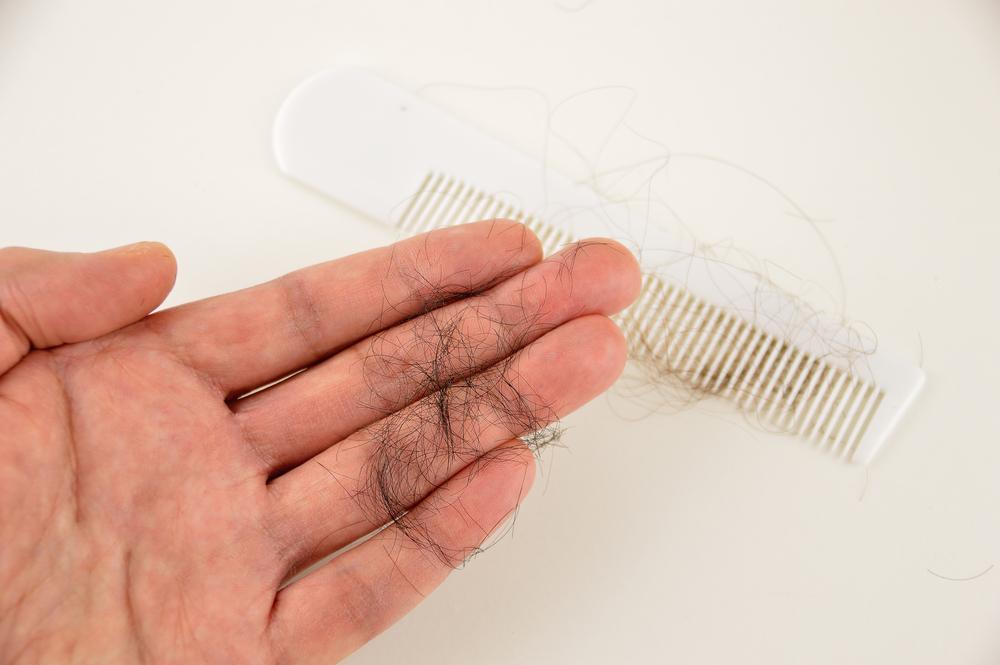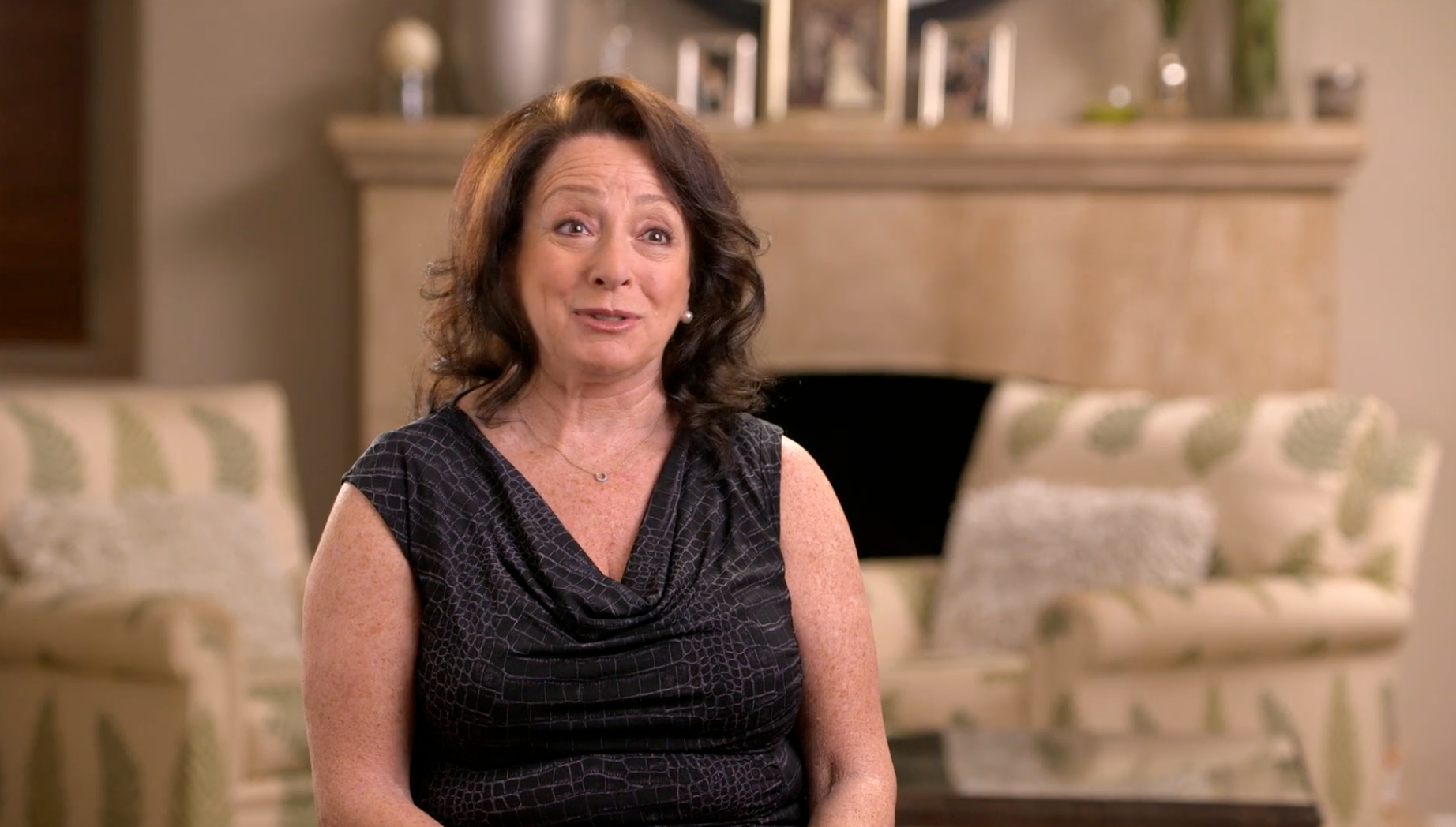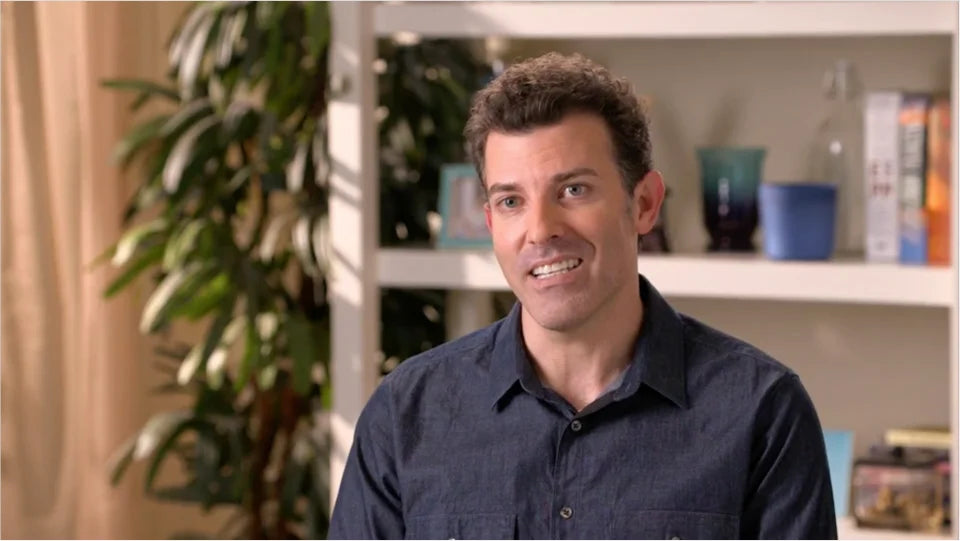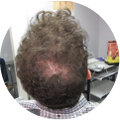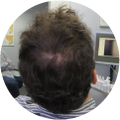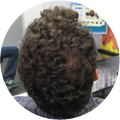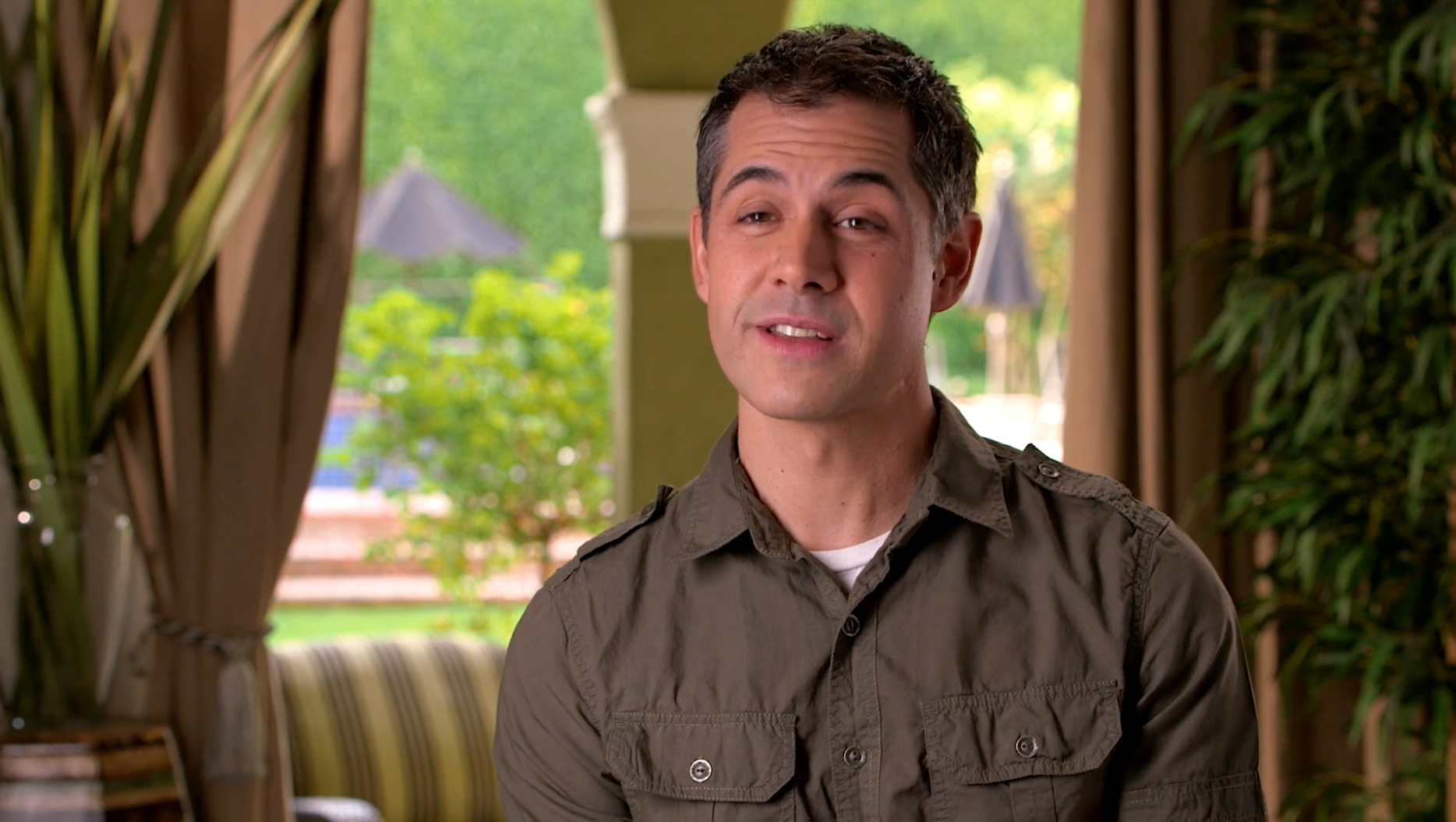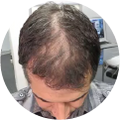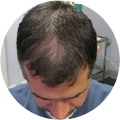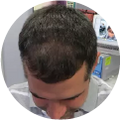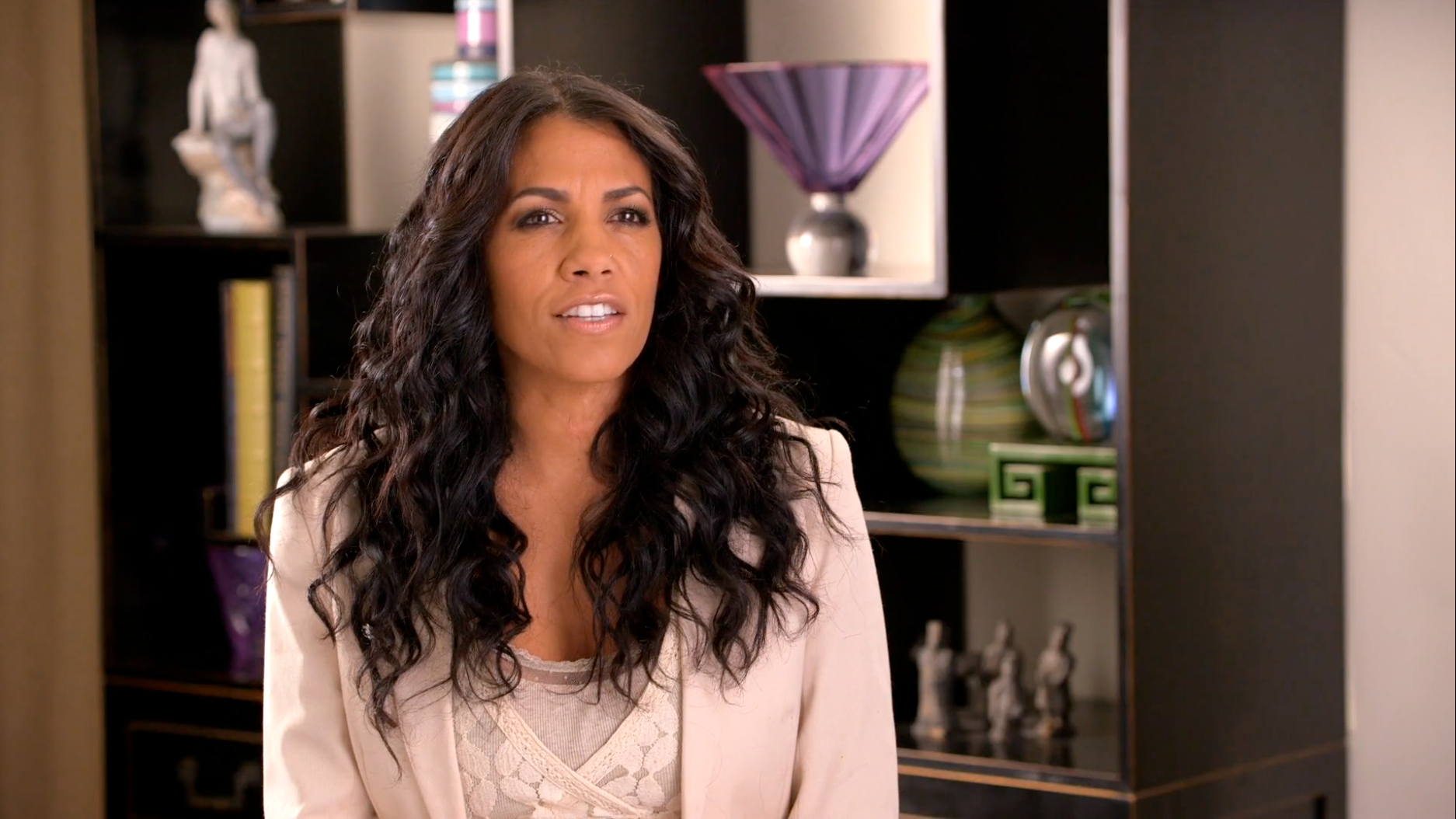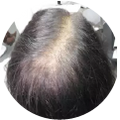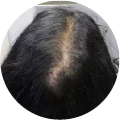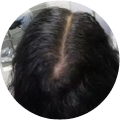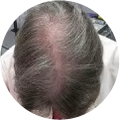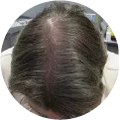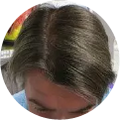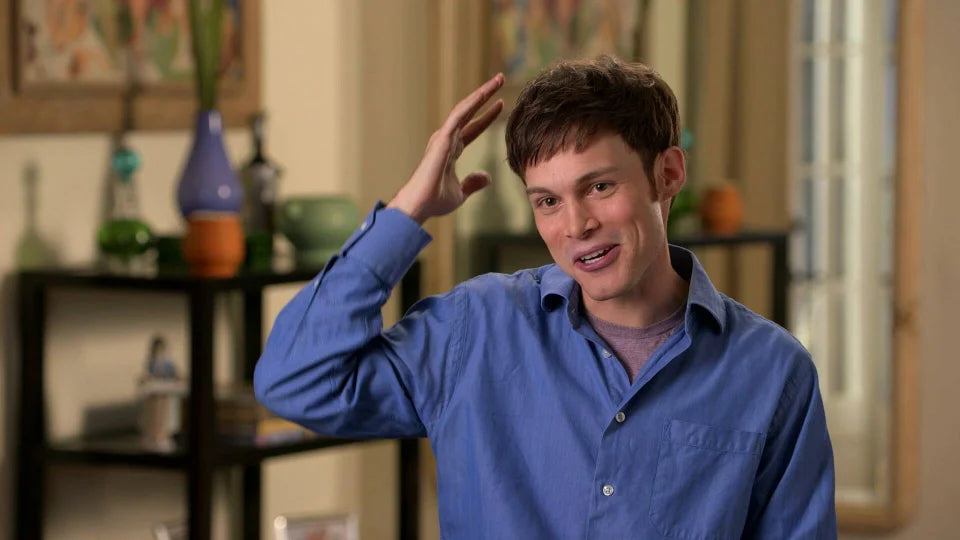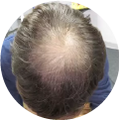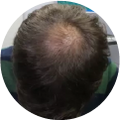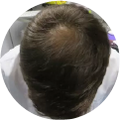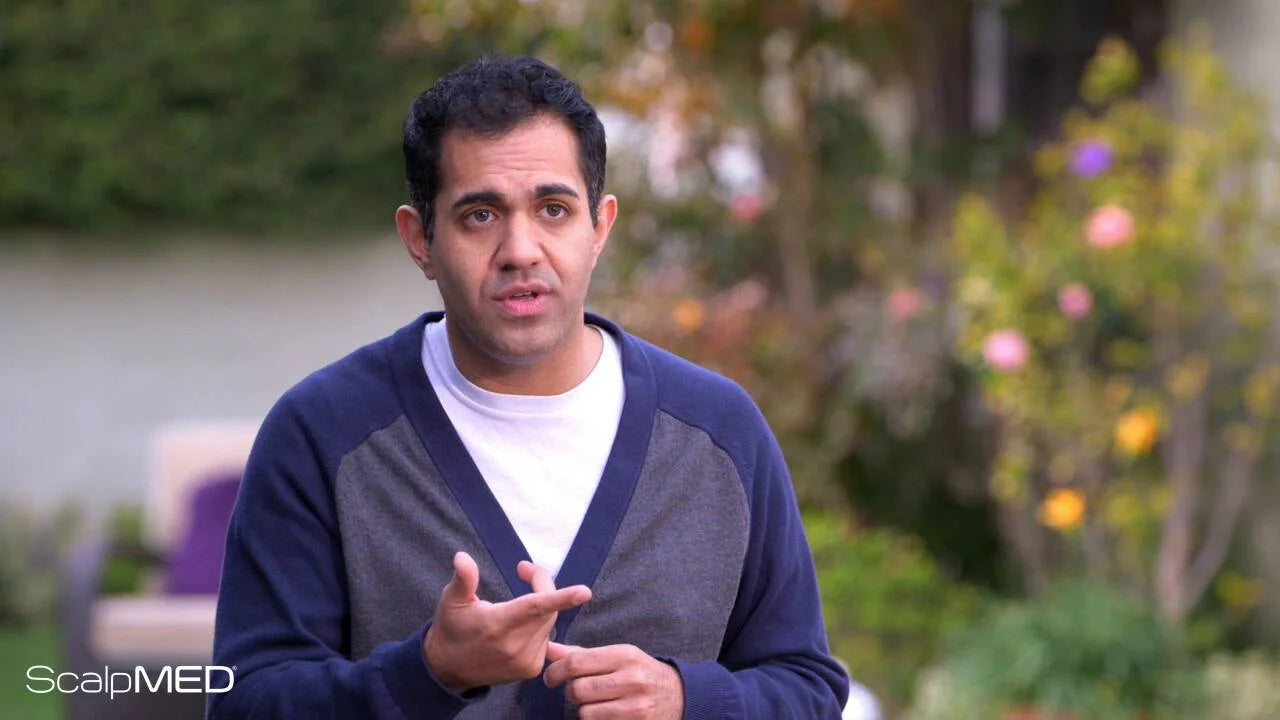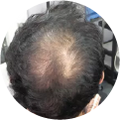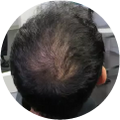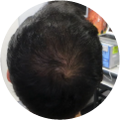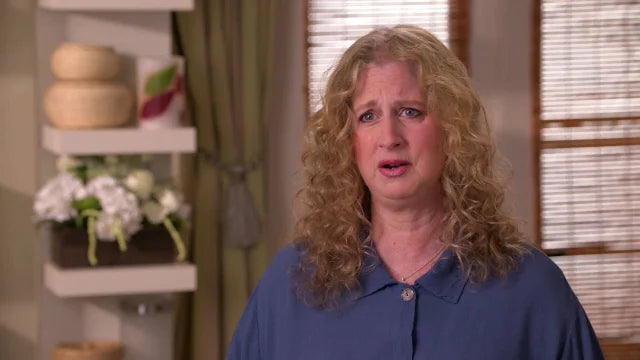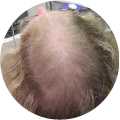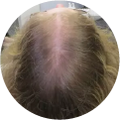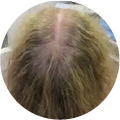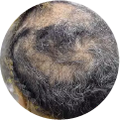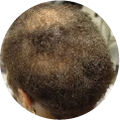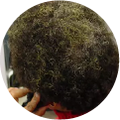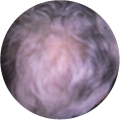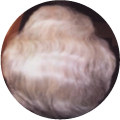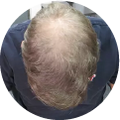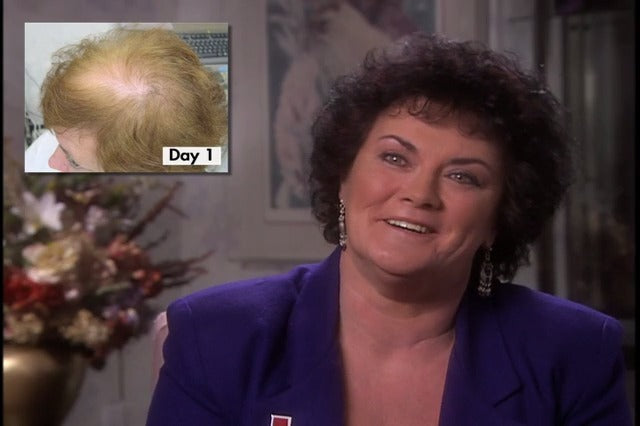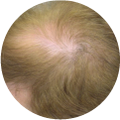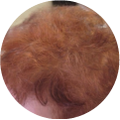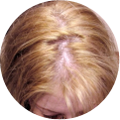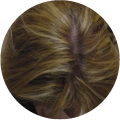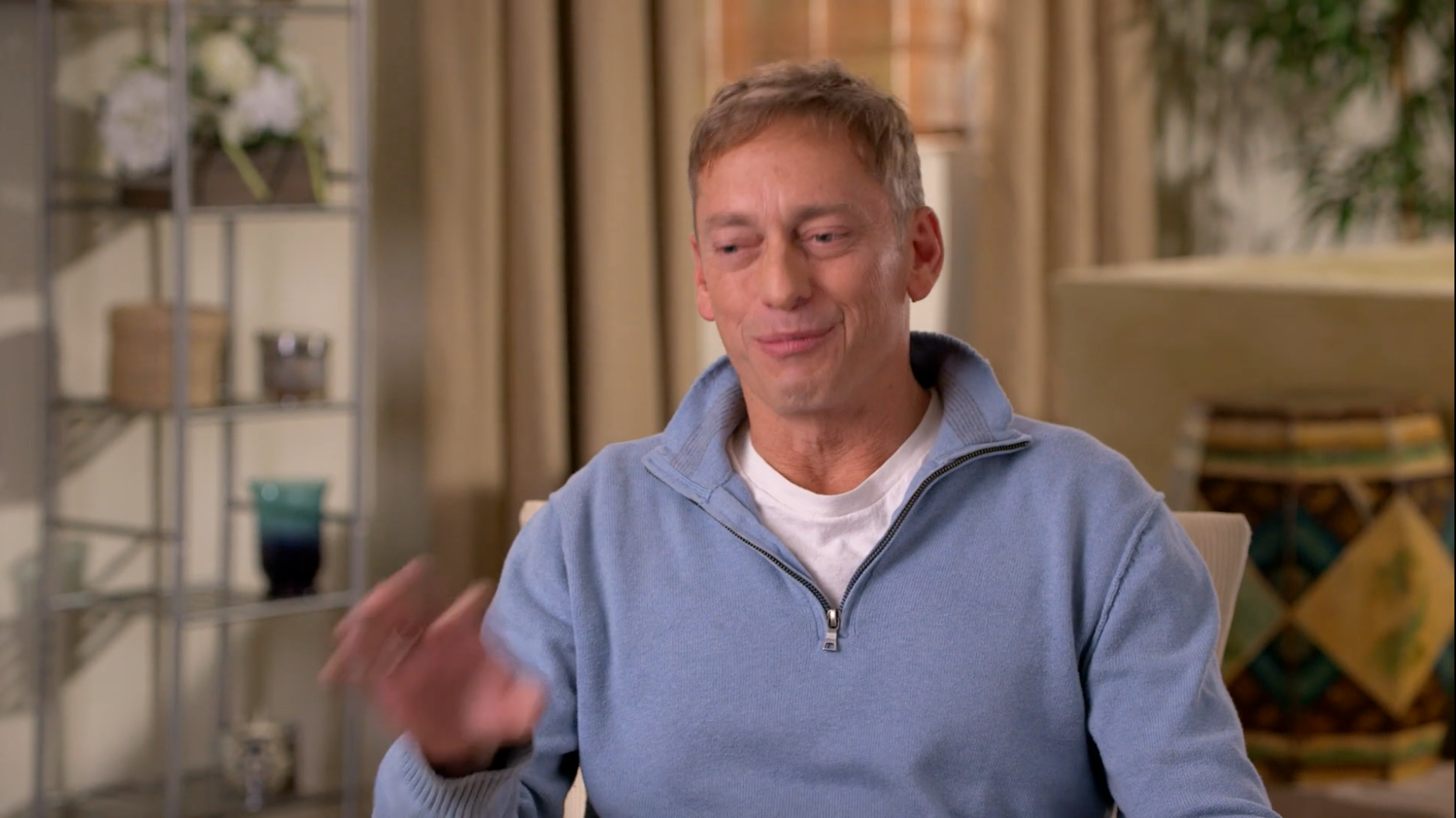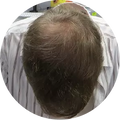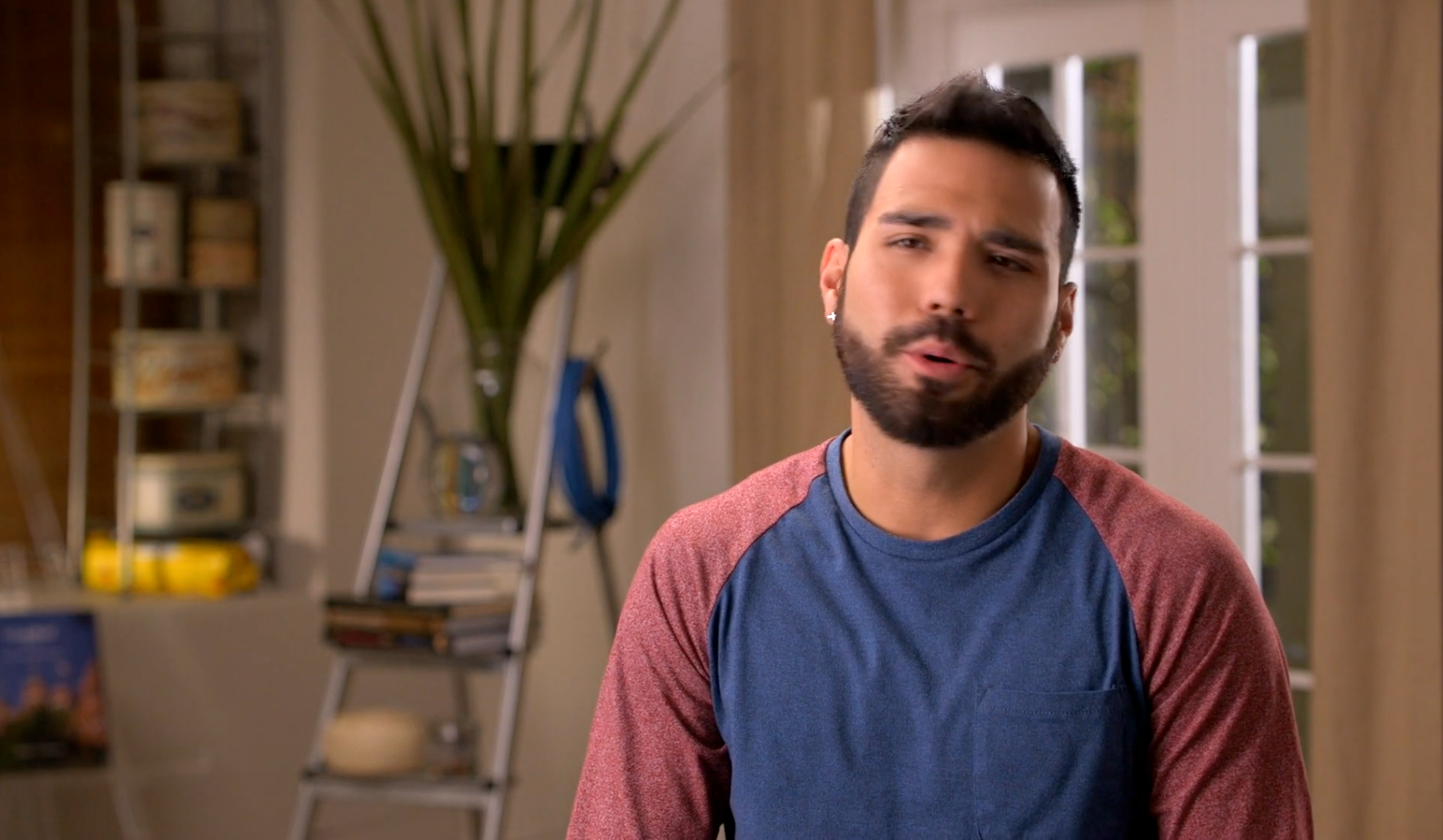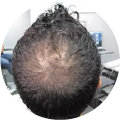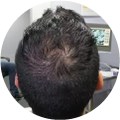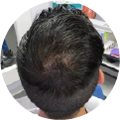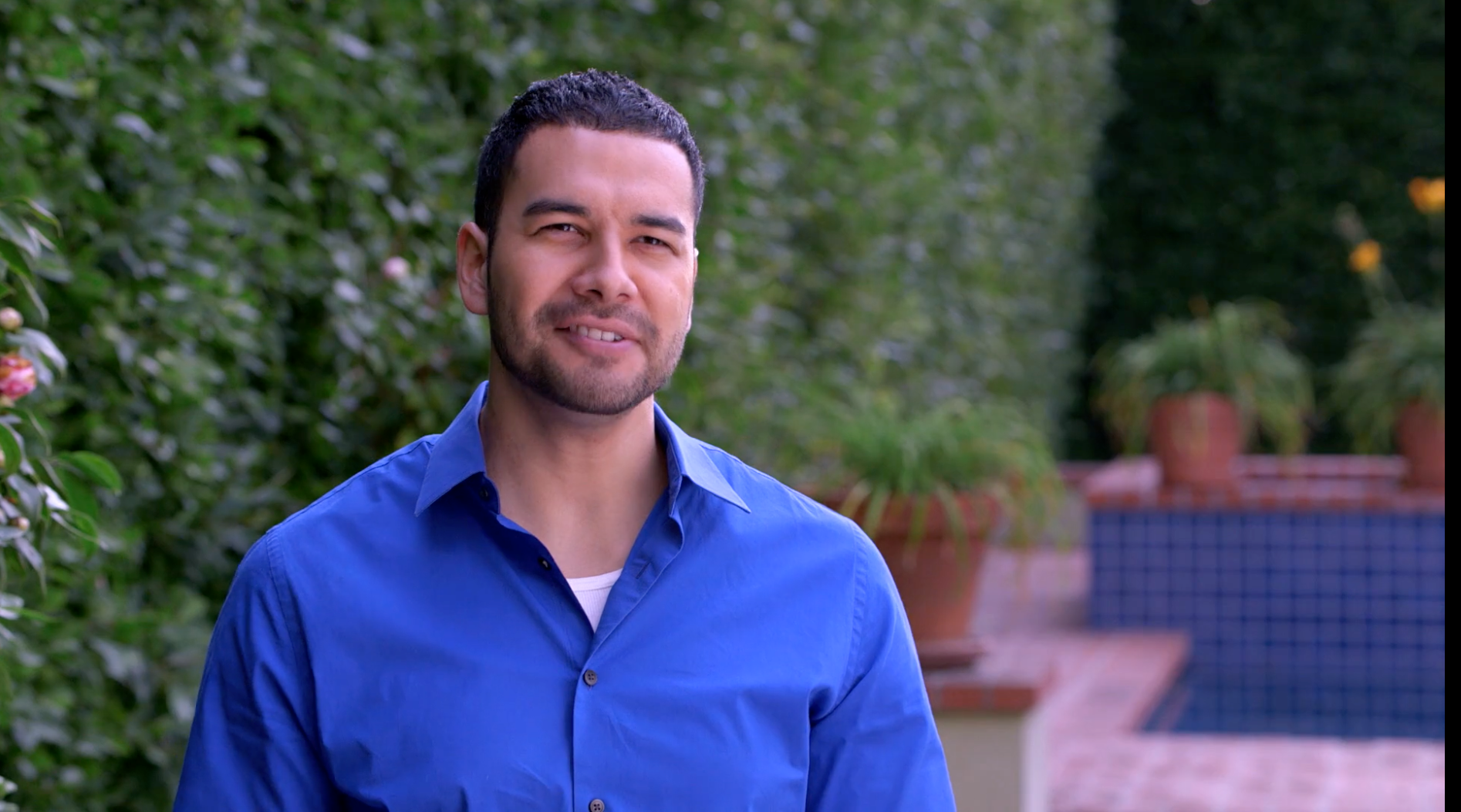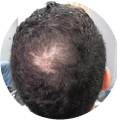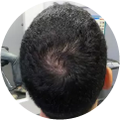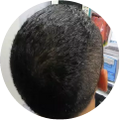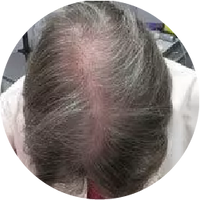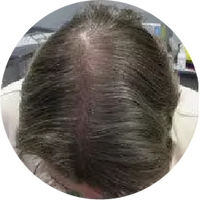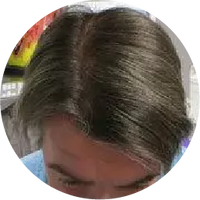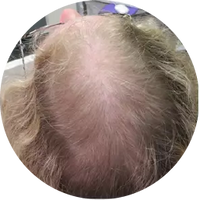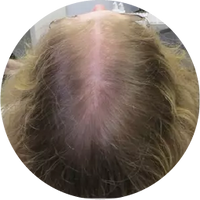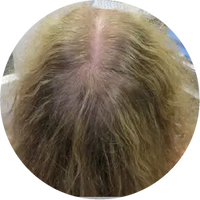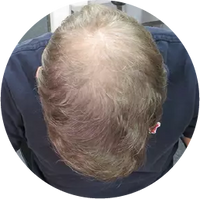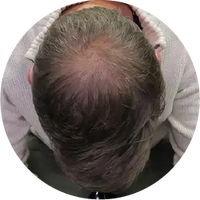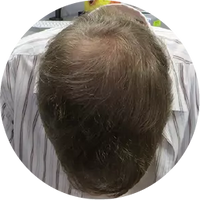
Have you ever wondered how our hair grows or why we even have it in the first place? All mammals have some form of hair or fur, which is essentially the same thing. Even aquatic mammals such as dolphins and whales are born with hair along the mouth, and some whale species retain hair into adulthood. And while we might not like to consider ourselves “furry” like our four-legged companions,human hair and animal fur are identical from a chemical standpoint. Keratin, a type of protein, is the primary component of hair and fur, and both grow from hair follicles. The only real difference is the thickness —animal hair strands tend to be thicker. Human bodies have around five million hair follicles, which is about the same as apes, chimps and other primates. Andhumans are primarily the only mammals to experience pattern baldness. So why do we have hair, how does it grow and why does it fall out — these are the questions we’ll try to answer in this post.
Do We Have Different Types of Hair?
Yes, we have two basic types of hair on our bodies, terminal and vellus.Terminal hair primarily grows on our scalps, eyebrows and eyelashes.Vellus hair grows everywhere else — these are thelight-colored, fine hairs, aka peach fuzz, we often can’t see. Even our eyelids and nose contain vellus hairs! Only our lips, palms and the bottoms of our feet are hair-free. As we grow out of childhood, androgen hormone levels increase.Androgen hormones stimulate vellus hairs in the genital area and underarms to transform into the thicker, pigmented terminal hairs. Vellus hairs on the chest, abdomen, back, legs, arms, back of hands, top of feet, beard area and upper lip can also transform into terminal hairs, especially in men.
Women can develop amedical condition called hirsutism, which is excessive growth of terminal hair in areas where normally only men grow terminal hair such as the upper lip, beard area, inner thighs, chest and back. Polycystic ovary syndrome, Cushing syndrome, adrenal gland tumors, congenital adrenal hyperplasia, obesity and some medications can cause hirsutism. Women of Middle Eastern, South Asian and Mediterranean descent are more prone to develop hirsutism.
What Is Hair Made Of?
Hair is surprisingly more complex than you might think. On average,we have about 100,000 strands of hair on our heads, although blondes usually have as many as 150,000 and redheads can have as few as 90,000. Blond hair strands are typically finer than other colors, but blonds have more strands. The primary components of ourterminal hair include:
-
Follicle: Each hair strand grows from a hair follicle, atiny saclike sheath, aka organ, embedded in our skin and scalp.
- Hair bulb: At the base of each follicle is the hair bulb, which contains the papilla, a structure made up ofmostly capillaries (tiny blood vessels) and connective tissue. The capillariesconnect to blood vessels that provide nutrients and eliminate wastes. Consistentblood supply is necessary for healthy hair.
Improve Blood Flow to Your Hair Follicles!
-
Matrix: Also part of the bulb, the matrix is wherekeratinocytes (cells that produce keratin) divide every 23 to 72 hours, faster than all other cells in the body. The keratin cells stick together and harden into a shaft, and as news ones attach to the base, they gradually push the shaft out of the skin.
-
Hair shaft: This is the part of the hair that we can see. It has three layers — themedulla (inner core), the cortex (hard keratin layer) and the cuticle (outer protective layer that gives hair its shine). This part of the hair is not alive. Vellus hairs typically do not have a medulla.
-
Sebaceous Gland: Each follicle also has a sebaceous gland that produces sebum, aka oil.Sebum lubricates our hair and skin, which prevents dry skin and brittle hair.
-
Apocrine Sweat Gland: One of our three types of sweat glands,apocrine glands are attached to only hair follicles on our scalp, underarms and genital region. They are responsible for producing the sweat that creates body odor (once it comes in contact with bacteria on the skin).
-
Arrector Pili Muscle: If you’ve ever had goosebumps, thank your arrector pili muscles.This muscle attaches to the sebaceous gland and when it contracts, our hair stands up. It also stimulates the sebaceous gland to release sebum.
- Nerves: Several types of nerve endings surround the follicle, whichaid the follicle’s function and detect pain and sensations.
What Makes Hair Curly or Straight?
If you have straight hair, you may envy your curly-haired friends, and with all likelihood, those friends envy your straight hair. Theshape of your hair follicles determines whether you have straight or curly hair. If your hair is straight, your follicles are perfectly round. If your hair is curly, your hair follicles are oval-shaped — and the flatter the oval, the curlier the shaft.
Theway your follicles tunnel into your scalp also affects your hair shafts’ shape. In curly hair, follicles are at an angle from the surface of the scalp, whereas in straight hair, the follicle tunnels straight down. As we noted earlier, each follicle has a sebaceous gland attached. In angled follicles, thesebaceous gland can’t distribute sebum (oil) as well, so curly hair tends to be drier than straight hair, which is why many curly-haired folks battle frizzy hair.
What Makes Our Hair Color & Why Does Hair Turn Gray?
Just as with male and female pattern baldness,you can thank your genes for your hair color. Ourhair gets its color from a pigment called melanin, as do our eyes and skin. The most-studied melanin-forming gene, MC1R, provides instructions for making the protein that produces melanin. Cells called melanocytes make two forms of melanin: eumelanin and pheomelanin.
Eumelanin creates dark hair and pheomelanin makes hair red. If your hair is black or brown, your keratinocytes (the cells that generate the keratin that forms your hair shaft) contain higher levels of eumelanin. If you’re blond, your hair shafts contain very little eumelanin, and if you’re a redhead, you’ll have a little eumelanin mixed with a lot of pheomelanin.MC1R is only one gene of the many genes that influence hair color, which is why we see so many variations in hair color, such as auburn, strawberry blond and light brown.
Our hair color can change over time. As a child, your hair might have been blond, but it may have darkened after puberty. And we all know about thosedreaded gray hairs that can begin showing up after the age of 35. Hair shafts don’t change color once they have started to grow. Hair strands grow, then die, and then a new one grows in its place. As we age,our melanocytes begin producing less melanin, so the new hair shafts don’t pick up color. With only minimal amounts of melanin,hair shafts grow out gray.
How Does Hair Grow?
It’s easy to assume that all our hair strands are always growing. In reality, only a portion of them is actively growing. As we noted earlier, we have roughly 100,000 follicles on our heads. About 90 percent are actively growing. Hair grows in three or four phases, depending on whom you ask:
-
Anagen: This is the active growing phase when the keratinocytes are rapidly dividing and adding to the hair shaft length. Ourscalp hair follicles remain in the anagen phase from two to six years. The longer hair follicles stay in the anagen phase, the longer the hair shaft becomes. On average,our scalp follicles grow about 0.5 inches per month — or about 6 inches per year. Oureyebrow, eyelash and leg hairs remain in the anagen phase for only two to three months, which is why they never grow as long as our scalp hairs. Underarm hair grows for about six months.
-
Catagen: This is a transitional phase whenhair follicles stop growing and the outer root sheath shrinks. The sheath attaches to the hair shaft’s root and becomes a “club hair.” The catagen phase onlylasts a few weeks, so only about 1 to 3 percent of our hair follicles are in this phase on any given day.
-
Telogen: This is theresting phase when the hair follicle remains dormant, and club hairs are completely formed. About 8 to 10 percent of our follicles are in the telogen phase.
- Exogen: Recent research has indicated that thehair growth cycle includes this fourth stage, aka the shedding phase. It’snormal to shed from 20 to 100 hairs per day during this phase. Some researchers believe our follicles release their hair strands in the telogen phase — but now many believe the release occurs in this separate exogen phase. When viewed under a microscope, researchers have discovered that theroots of hairs in the telogen phase differ from the roots in the exogen phase. In the telogen phase, roots still retain some of the sheath and have smooth edges, whereas in the exogen phase, roots have no sheath and have scalloped edges.
Theanagen phase begins again as soon as the telogen/exogen phase ends, which usually happens after about three months. The underlying reason welose more hair than usual is often that our hair follicles remain in the telogen phase for longer than normal,which we’ll explain more in a moment.
Why Do We Have Hair?
Why we have hair in the first place is a frequent question, especially when it comes to how much effort and time we spend removing it from areas we don’t want it! And if we didn’t have hair, we’d never stress over the hair on our head thinning or going bald.
Scientists have been pondering and researching this question for centuries, and even Charles Darwin weighed in. Darwin, a naturalist who lived during the 19th century, was the first to propose humans evolved from ape-like primates. He believedhumans had evolved to have less hair than our primate cousins because females preferred less hairy mates — so as a part of natural selection, humans evolved to have less hair.
While Darwin’s theory has some merit, it’s only part of the picture —something caused some of our prehistoric ancestors to become less hairy in the first place. Many scientists believe ourhairy ancestors began losing hair due to thermoregulation, aka how our body maintains its temperature. Our earliest ancestors were primarily tree-dwellers who lived in dense, shady rainforests.
Over time,we became bipeds, meaning we walked on two legs instead of four. Eventually, we migrated from the cool rainforests out onto the hotter, drier African savannahs.Having a thick coat of hair made it harder for our prehistoric friends to remain cool under the hot sun, especially when they were running long distances chasing game. Our ancestors didn’t lose their hair follicles — the follicles simply started growing shorter hair. Around this same time, early humans began developing more sweat glands not connected to hair follicles, which also helped them remain cool. Ourheads remained hairy to protect our brains from the sun, plus the sebaceous glands helped make hair somewhat water repellant. As bipeds, when it rained,our heads got wetter than our arms and legs, so having more hair on our head kept our scalp drier.
As we evolved further and learned to use fire, moved into caves and began wearing clothing, we had less need for hair to keep us warm, especially at night. Hair also hides parasites — so back to Darwin’s theory, it’spossible less hairy mates appeared more attractive because they were less likely to have parasites.
So, What Is the Benefit of Hair Today?
Hair still plays a role in thermoregulation. When we’re cold,our hair follicles stand up, which traps more heat close to the body. Oureyebrows and eyelashes protect our eyes from dust, bacteria and dirt. Ditto for our nostril hairs — they trap particles and bacteria too. As we noted earlier, only the hair follicles in our genital areas, underarms and scalp produce odor-causing sweat. Theseodors send signals of sexual maturity, which plays a role in attracting or repelling mates. In most cultures today, we tend to prefer cleaner, well-groomed mates, including well-groomed, healthy scalp hair.
The hair on our heads still protects us from the sun, but since we no longer spend most of our time outdoors, protection is less important. Healthy, lustrous hair signals health, youth and vitality — which may have been as important during evolutionary times as it is today. Since prehistoric times,we’re naturally attracted to those who appear healthy and robust — either to bear children or feed and protect the family.
Why Are Humans the Only Mammals Prone to Pattern Baldness?
Humans are primarily the only mammalsthat develop male or female pattern baldness, called androgenetic alopecia (AGA). Animals lose their hair for a variety of reasons, but not usually due to AGA. Thestump-tailed macaque and some dog species such as greyhounds and dachshunds exhibit similar AGA hair loss as humans. One theory is that mostanimals in the wild don’t live long enough for the hormonal changes to occur that lead to AGA. Some domesticated animals that live longer than their wild counterparts, such as zoo animals, can develop AGA-like hair loss. Laboratory animals who have had their hair-growth genes and hormones manipulated have also become gray or bald.
What Is the Most Common Reason Why Humans Lose Hair?
AGA is by far the most common reason for human hair loss. AGA usually begins as early as in our 20s or 30s, but may not be noticeable until we reach 35 or 40. AGA hair loss in men follows a predictable pattern, with areceding hairline that changes to an “M” shape and / or a bald patch on the crown (top). In women, AGA is less noticeable since it tends to cause hair loss scattered across the scalp. Usually, thefirst visible sign of AGA in women is a widening part.
AGA occurs when hair follicles bind to a hormone called dihydrotestosterone (DHT), a derivative of testosterone.DHT causes our hair follicles to shrink so they can no longer grow thick hair shafts. Follicles can only produce thin hairs, and eventually almost invisible or no hair. Those of uswho develop AGA hair loss have hair follicles that are more likely to bind to DHT. We can have elevated levels of DHT without experiencing significant hair loss if our follicles don’t easily bind to it.
Ourgenetics play a significant role in whether we’ll develop AGA. If one or both of your parents have hair loss due to AGA, your chances of developing it are much higher.
Many other forms of hair loss exist, many of which are temporary. As we noted earlier, if hair follicles remain in the resting phase for longer than normal, new hair growth doesn’t occur. Eventually, as thetelogen/exogen hairs fall out and no new growth replaces them, our hair looks thinner.
A variety ofmedical conditions, medications, lifestyle choices, certain hairstyles, nutritional deficiencies, infections, physical or emotional trauma and hormonal changes due to childbirth and birth control pills can cause temporary or permanent hair loss. Learn more aboutwhy we lose hair and what to do about it in our post, Six Steps to Combat Hair Loss.
Is Hair Loss Treatable?
Yes and no. Itdepends on why you’re losing your hair. If your hair follicles suffer severe damage from physical injuries, burns or infections, your hair loss is permanent. Many forms of hair loss that are caused by a triggering event, such as one of the ones we listed earlier, are temporary. Once the triggering event has passed, hair often grows back.
Male or female pattern baldness we associate with aging, akaandrogenetic alopecia (AGA), can be slowed down and reversed, depending on the state of hair follicles.
Once the follicles have gone dormant, they can no longer grow visible hair. However, iftreated early when AGA symptoms first occur, topical treatments that contain the FDA-approved drug Minoxidil can increase blood and nutrient flow to hair follicles —which can help them enter the anagen (growth) phase sooner or remain in it longer. Additionally, you can use hair cleansers and treatments that contain amino acids, nutrients and plant extracts such as saw palmetto that canhelp follicles resist the damaging DHT hormone. If you’ve lost a lot of hair due to AGA,surgical treatments such as hair transplant surgery are options, provided you still have active hair follicles along the sides and back of your head that can be transplanted. If you’re considering hair transplant surgery, check out our post, Read This Before Having Hair Transplant Surgery.
Sources:
https://www.intechopen.com/books/hair-and-scalp-disorders/anatomy-and-physiology-of-hair
http://askanaturalist.com/what%E2%80%99s-the-difference-between-fur-and-hair/
https://www.mayoclinic.org/diseases-conditions/hirsutism/symptoms-causes/syc-20354935
https://helix.northwestern.edu/blog/2014/05/science-curls
https://ghr.nlm.nih.gov/primer/traits/haircolor
https://www.health.harvard.edu/blog/hair-turn-gray-2017091812226
https://www.karger.com/Article/Fulltext/460300
https://www.americanhairloss.org/hair_science/index.html
http://www.bbc.com/earth/story/20160801-our-weird-lack-of-hair-may-be-the-key-to-our-success
https://www.discovermagazine.com/planet-earth/why-humans-lost-their-hair-and-became-naked-and-sweaty
https://www.smithsonianmag.com/science-nature/do-other-animals-besides-humans-go-bald-180968175/












